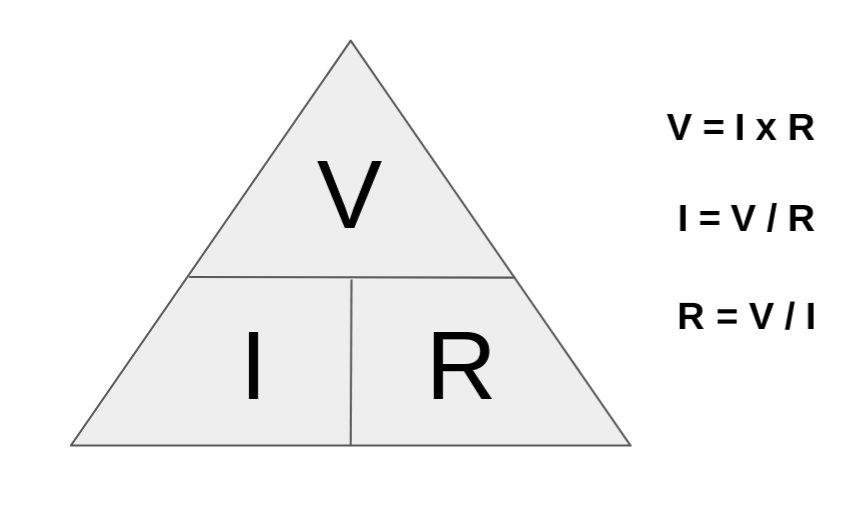Semiconductor Testing Cheat Sheet™
How to Test Diodes, Transistors, Triacs, MOSFETs and IGBTs with a Multimeter This page shows how to use a multimeter to test the most common semiconductors (diodes, transistors, etc), along with their associated readings and values. Readings outside of these ranges indicate likely failed components. Diodes, transistors, and other types of semiconductors are based on […]

